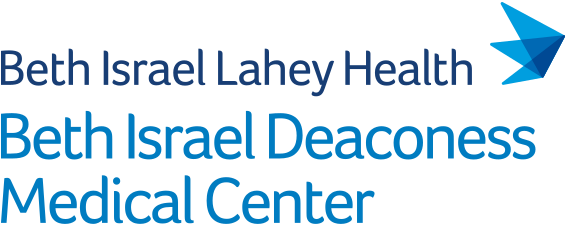BACKGROUND: Despite well-studied associations between hypertensive disorders of pregnancy (HDP) and atrial fibrillation (AF), the mechanisms of the excess risk of AF in women with history of HDP are not fully understood. Furthermore, little is known about associations between other adverse pregnancy outcomes (APOs) and AF, including preterm birth, small/large-for-gestational age (SGA/LGA) offspring.
METHODS: By linking the population-based HUNT study with the Medical Birth Registry of Norway (MBRN) and electronic patient administrative systems, 15,104 women ≥45 years with 34,674 births were followed and assessed for validated AF for a median of 12.9 years. Information on APOs was retrieved from the MBRN. We used Cox proportional hazards models to calculate hazard ratios (HR) for associations of APOs with risk of AF. By inverse odds ratio weighting, we assessed modifiable AF risk factors that could explain the associations.
RESULTS: Among women aged 45-65, those with HDP had a higher risk of AF [HR 2.03, 95% confidence interval (CI) 1.27-3.24] as women without HDP, but not among women >65 years [HR 0.95, 95% CI 0.57-1.60]. A history of LGA was associated with increased risk of AF [HR 1.38, 95% CI 1.03-1.84], but histories of preterm birth or SGA were not [HR 0.94, 95% CI 0.63-1.41, HR 0.90, 95% CI 0.66-1.23]. Postpregnancy body mass index (BMI) might possibly explain about 45% of the associations between HDP or LGA and AF.
CONCLUSIONS: Women with history of hypertensive disorders of pregnancy or large-for-gestational age offspring are at higher risk of atrial fibrillation.
